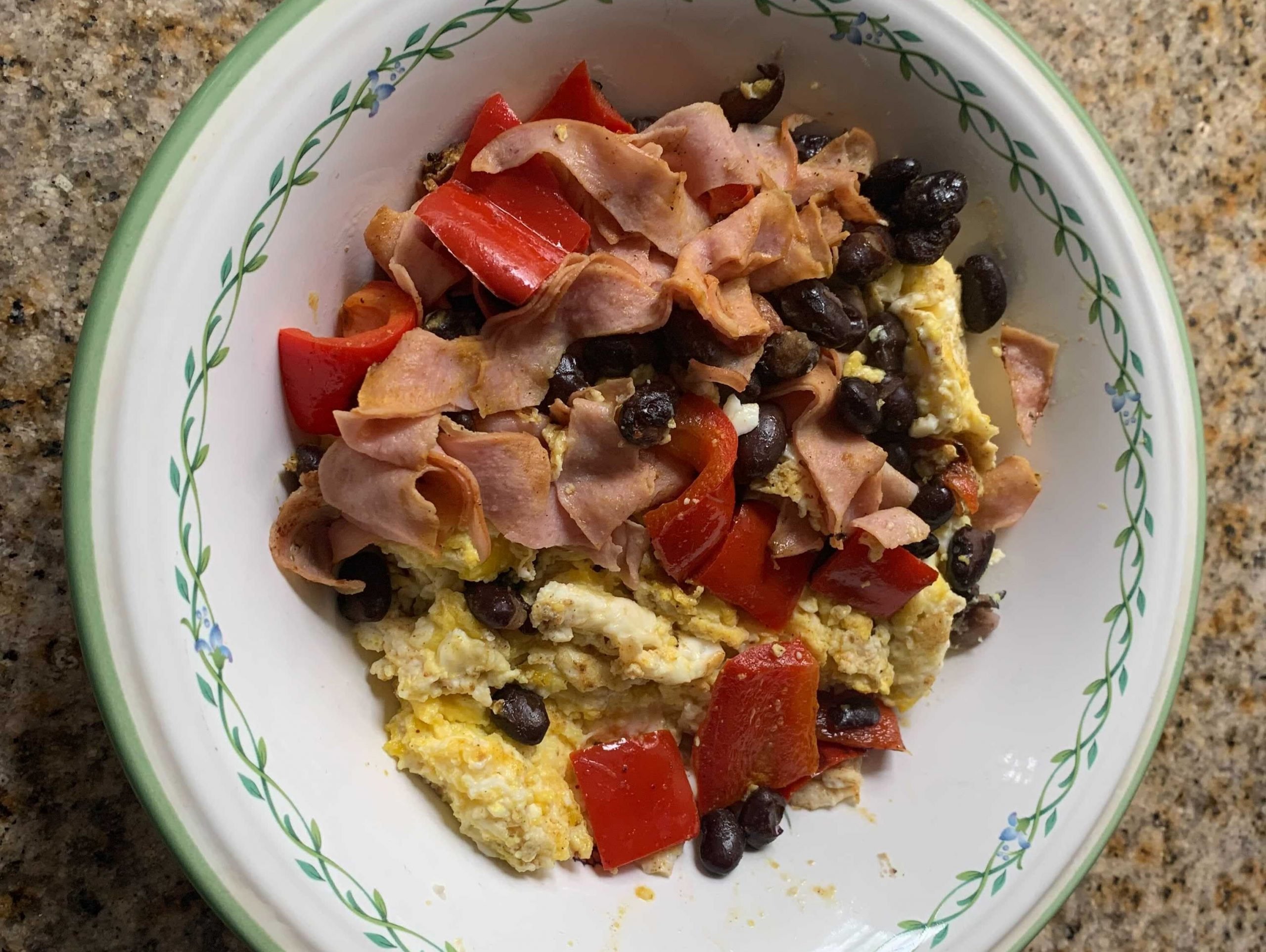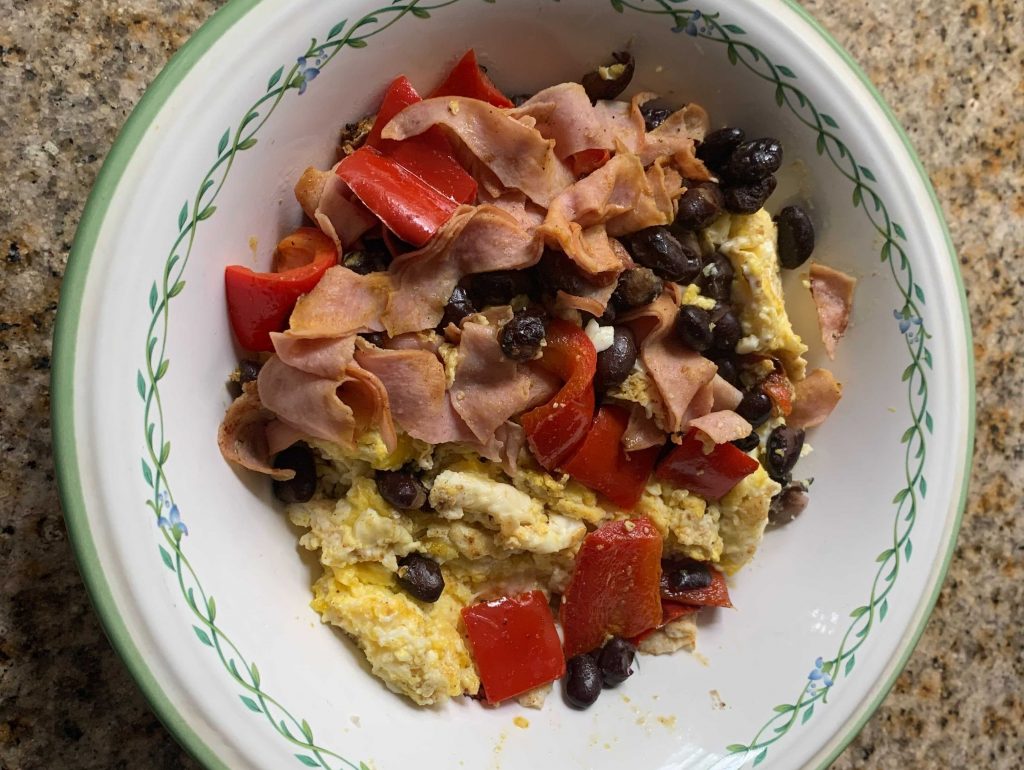
Gabby Landsverk
- As a nutrition reporter, I've found tracking my macros is the best strategy for me to eat healthily.
- I aim for a ratio of about 30-40% carbs, 30-40% fat, and 20-30% protein on a typical day.
- The balance of nutrients makes me feel more energized and leads to better workouts.
- Visit Insider's homepage for more stories.
As a nutrition reporter, I don't stick to any particular diet like vegan or keto.
What does work for me is tracking my macronutrients (protein, carbohydrates, and fat) to make sure I'm eating to support my fitness goals, like building muscle and getting stronger.
After tracking my diet for years, I learned I perform optimally when I get 35-40% of my daily calories from carbs, 35-40% from fat, and 20-30% from protein.
Balancing my macros improves my focus and energy levels, supports my intense gym schedule, and ensures I get enough high quality nutrients throughout the day. Here's how I do it.
My balanced protein levels prevent energy dips throughout the day
My first step in meal planning is to include a healthy source of protein, which dietitians recommend too.
Getting enough protein (about .75 a gram per pound of body weight) helps me recover from workouts. I also find that having protein at breakfast and lunch makes me feel more energized and less likely to suffer from an afternoon slump.
I try to get the bulk of my protein from sources like chicken, beans, tuna, salmon, eggs, cottage cheese, and Greek yogurt. I also supplement with protein shakes, but I'm careful to read the ingredients list, since a lot of supplements contain sneaky servings of sugar or other additives that I don't want.
Carbs from fruit, veggies and whole grains help fuel my workouts
Carbs have a bad reputation, but I love them. Nutrient-dense carbs like produce and whole grains make up about a third of my plate in an average meal.
Since I experimented with carb cycling, I've found having a carb-rich snack before and after exercise leads to better performance, more energy during the workout, and less soreness afterward. My favorite pre-workout snack is fruit or a piece of whole grain toast with jam.
I also try to include veggies with every meal. Leafy greens, peppers, and cucumbers are all a regular part of my grocery rotation. I round out my meals with staples like brown rice.

Gabby Landsverk
Healthy fats like avocado and nuts keep me from getting hangry
The final puzzle piece of my macro plan is healthy fat sources. Including dietary fat in my meals helps manage my appetite so I can focus on work and other important things instead of daydreaming about food (which I do plenty of anyway).
My favorites are nuts (which also include fiber, vitamins, and minerals) and avocado. I also include saturated fats like butter, coconut, and full fat dairy in moderation because I enjoy them, and a healthy diet is one that leaves room for foods you love.
I can tell if I'm off track because I feel sluggish, bloated, or cranky
My current macro habits didn't happen overnight. I found a system that works for me through a lot of research and trial and error with my own diet.
However, I notice a major difference when I fall out of my usual habits. If I'm eating a lot of carbs, and not much else, I tend to have short bursts of energy but then crash. I'm also more likely to get hungry, and feel moody as a result. If I'm eating a lot of rich, fatty foods, my digestive system sometimes suffers, and I feel foggy when I'm working out.
Similarly, eating too much protein makes me feel sleepy and slow, and usually means I'm lacking the carbs I need to live my best life.
